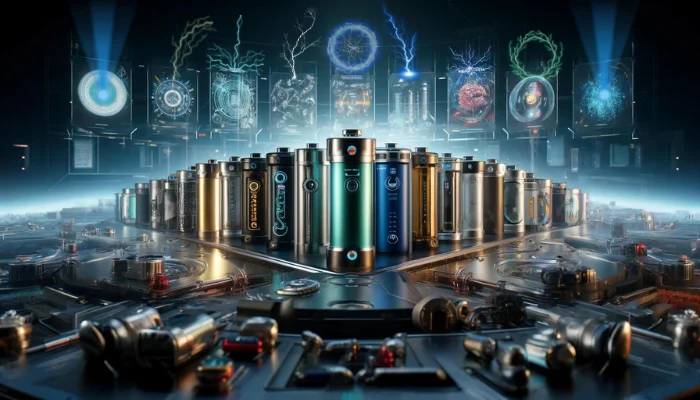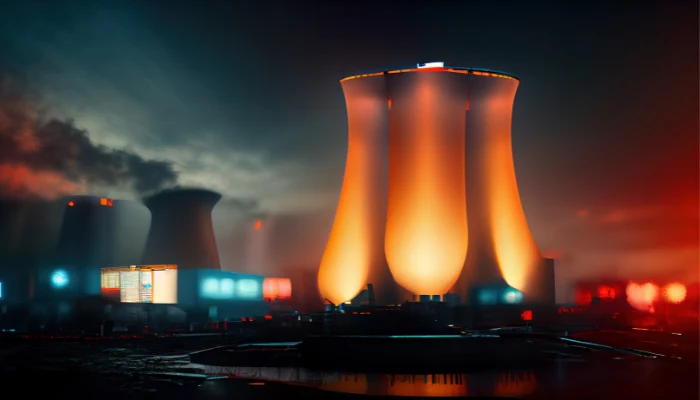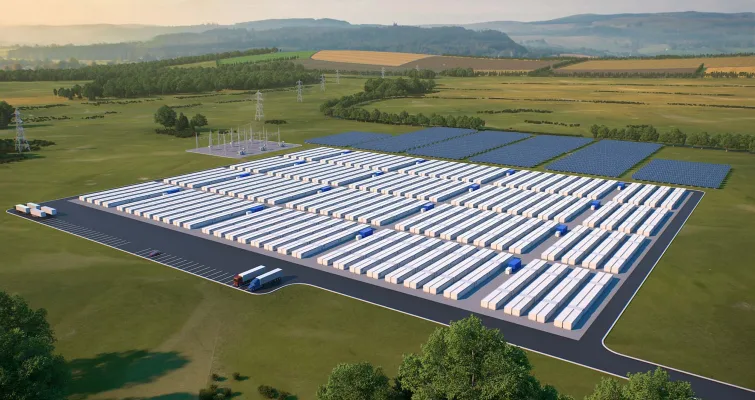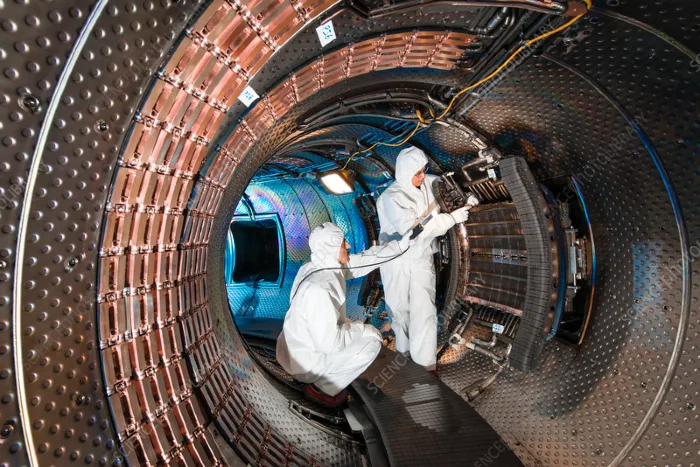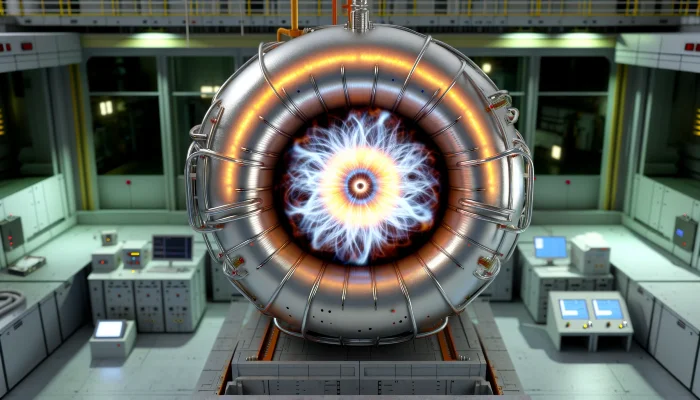Harnessing Sunlight with Nanotechnology
At Ludwig Maximilian University Of Munich (LMU), Professor Emiliano Cortés is revolutionizing solar energy capture. His team is using nanotechnology to create materials that concentrate solar energy more efficiently.
They’ve developed a supercrystal that has already set a world record for green hydrogen production using sunlight.
The first major step toward the elusive, green hydrogen.
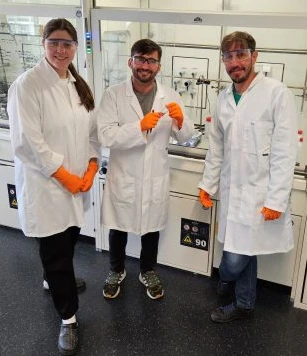
“We are working on material solutions to capture and use solar energy more efficiently,” Cortés explains. His approach differs from traditional methods, which rely on large solar panels to compensate for the diluted nature of sunlight on Earth.
The Supercrystal Breakthrough
Cortés, with Dr. Matías Herran and other collaborators, has developed a supercrystal capable of generating hydrogen from formic acid using sunlight. Cortés highlights, “The material is so outstanding, in fact, that it holds the world record for producing hydrogen using sunlight.”
These nanostructures, particularly made from gold, create a mini-magnet effect when interacting with light. Herrán details this process: “At this scale, a special phenomenon occurs… causing [the electrons] to oscillate resonantly.”
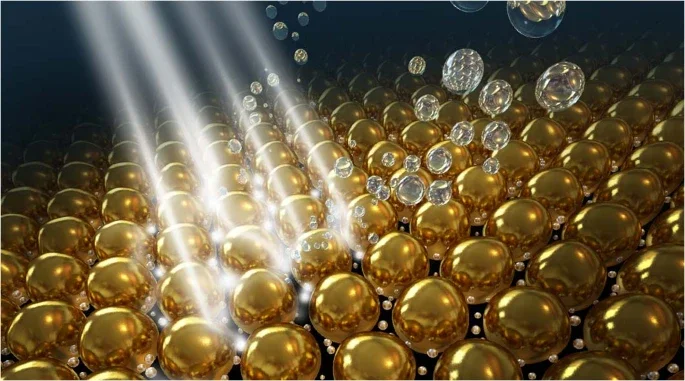
Creating Nano Hotspots for Energy Conversion & An Innovative Use of Platinum
The team discovered that arranging gold particles in a specific pattern greatly increased light absorption. “The gold nanoparticle arrays focus the incoming light extremely efficiently, yielding highly localized and strong electric fields,” Herrán explains.
Platinum nanoparticles are placed in the hotspots between gold particles. Herrán elaborates, “We can force [platinum] in hotspots to enhance this otherwise poor absorption and power chemical reactions with the light energy.”

Record-Setting Hydrogen Production While Moving Towards Green Hydrogen
Their material has achieved a hydrogen production rate from formic acid that’s unprecedented. “With a hydrogen production rate from formic acid of 139 millimoles per hour and per gram of catalyst, the photocatalytic material currently holds the world record for H2 production with sunlight,” the team reports.
More To Discover
- Graveyard of Massive Wind Turbine Blades Have Taken Over Texas Town, Making It the Epicenter of Greenwashed Waste
- South Korea’s Pivotal Move to Ban Eating Dogs: A Reflection of Changing Times and Attitudes
- Scientists Just Created A Battery Powered By Hemoglobin: The Sustainability Is Bloody Impressive
- UC Davis Scientists Use Volcanic Rock to Capture Carbon in Dry Climates, Offering New Hope for Climate Action
Most hydrogen today is produced from fossil fuels. Cortés and Herrán’s work represents a shift towards more sustainable methods, using sunlight and alternative feedstocks for hydrogen production.
Cortés and Herrán see vast potential in their discovery. “By combining plasmonic and catalytic metals, we are advancing the development of potent photocatalysts for industrial applications,” they state, envisioning a future where sunlight is used in various chemical conversions, like turning CO2 into useful substances.










